| HOME |
|---|
COMA BERENICES
Berenice's Hair
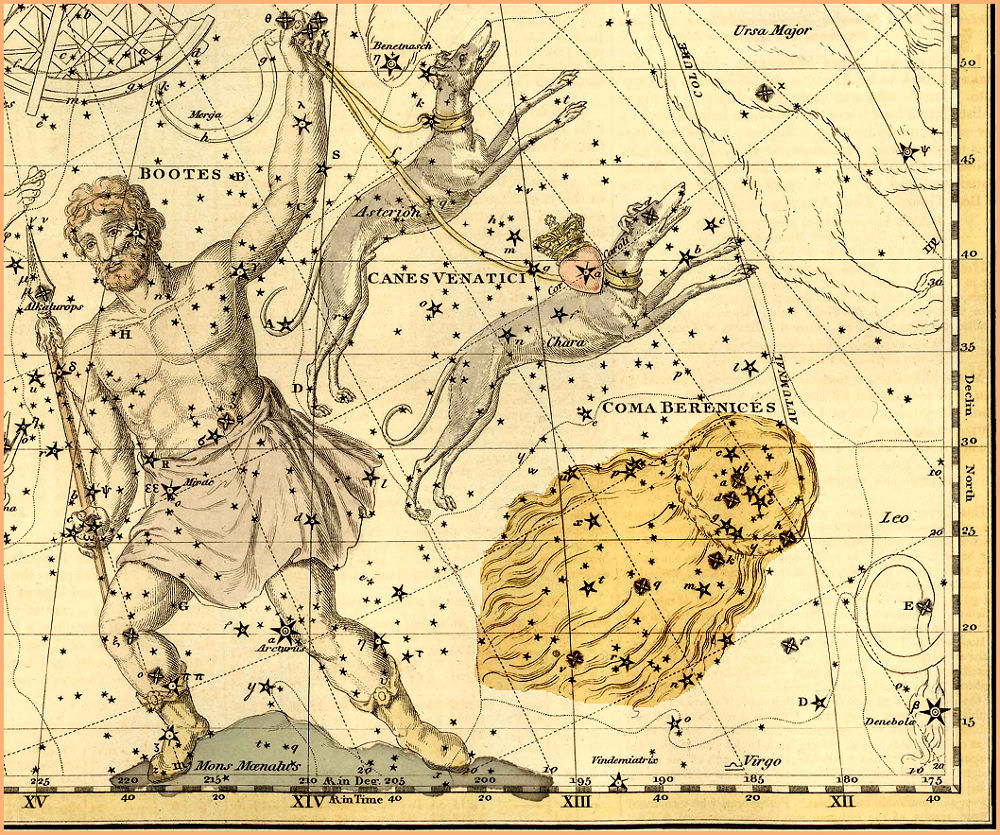
Coma Berenices - Celestial Atlas by Alexander Jamieson - 1822
| HOME |
|---|

Berenice was queen of Egypt in 245 BC. Her name meant bringer of victory, and she was renown for her striking beauty, and the loveliness of her long golden hair. When her husband, King Ptolemy III, left to lead his armies to war against the Syrians, Berenice prayed every day at the alter of Aphrodite (Venus), for his safe return. When news came that the war was going badly, she cut off her beautiful golden tresses, and laid them on the alter as an offering, in the hopes that it might please the goddess, and she would protect her husband.
Ptolemy returned safe and victorious the next day. When he learned of his wife's sacrifice, he went to the alter of Aphrodite himself to thank the goddess for her protection, only to find the alter empty, and the queen's hair stolen. In a rage, he vowed to kill all the priests who tended the alter. But that night, the royal astronomer, Conon, came to the king's court, and announced that the missing hair had been found. He stepped outside and pointed at an area of the sky between the herdsman (Bootes), and the lion (Leo), announcing that Aphrodite was so impressed with the queen's offering, she took the long golden locks herself, and placed them in the sky, to honour the queen. And sure enough, there was a group of sparkling stars right where Conon was pointing, the perfect celestial image of the queen's long flowing locks, described by the Roman poet Catullus as:
"the consecrated offering of Berenice's golden hair, which the divine Venus placed, a new constellation among the ancient ones, preceding the slow Bootes, who sinks late and reluctantly into the deep ocean..."
The mystery of the missing hair was solved, and the grouping of stars became known as the constellation Coma Berenices (Berenice's Hair).
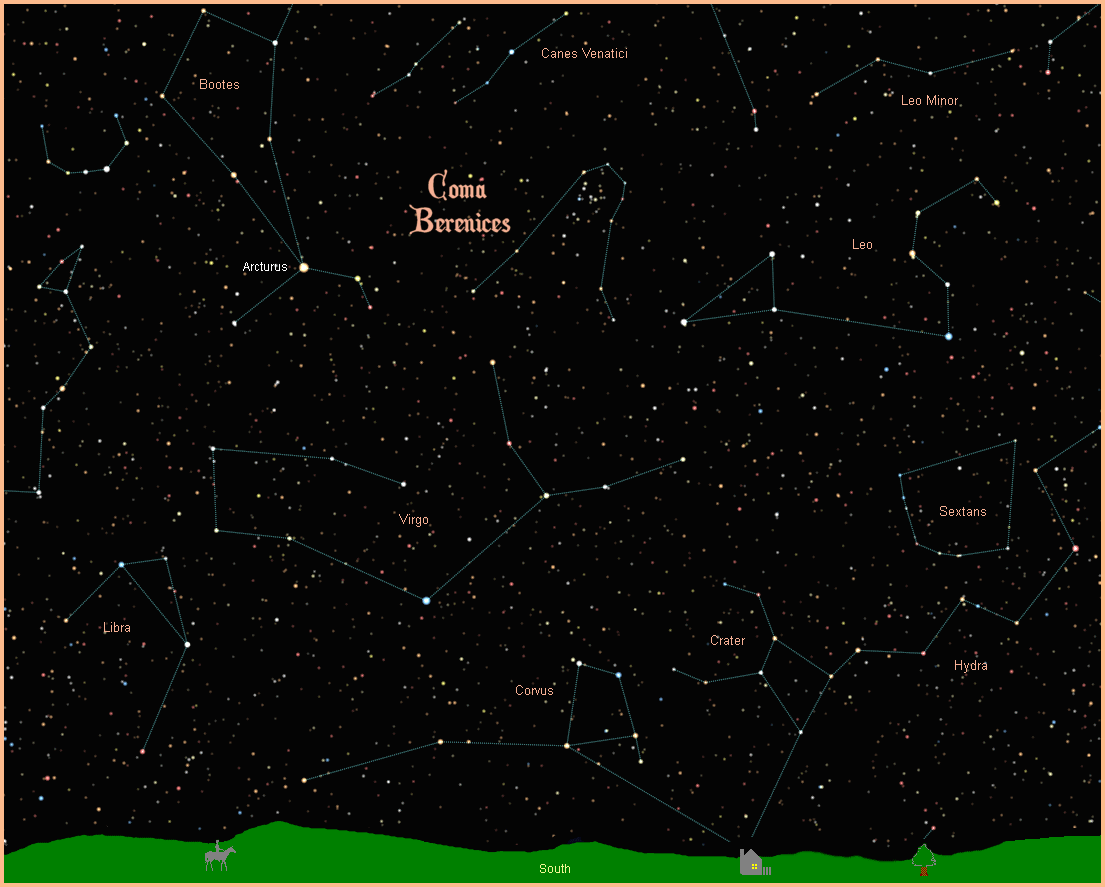
Alpha Comae Berenices is named Diadem, for jewelled crown. It is the only named star in the constellation. It is an unusual binary star system in which both stars appear to be almost identical copies of each other. They are both F5V yellow main sequence stars, about 1.2 billion miles apart (12 AU), that orbit each other every 30 years. Their combined magnitude is 4.32, and they are 60 light years away.
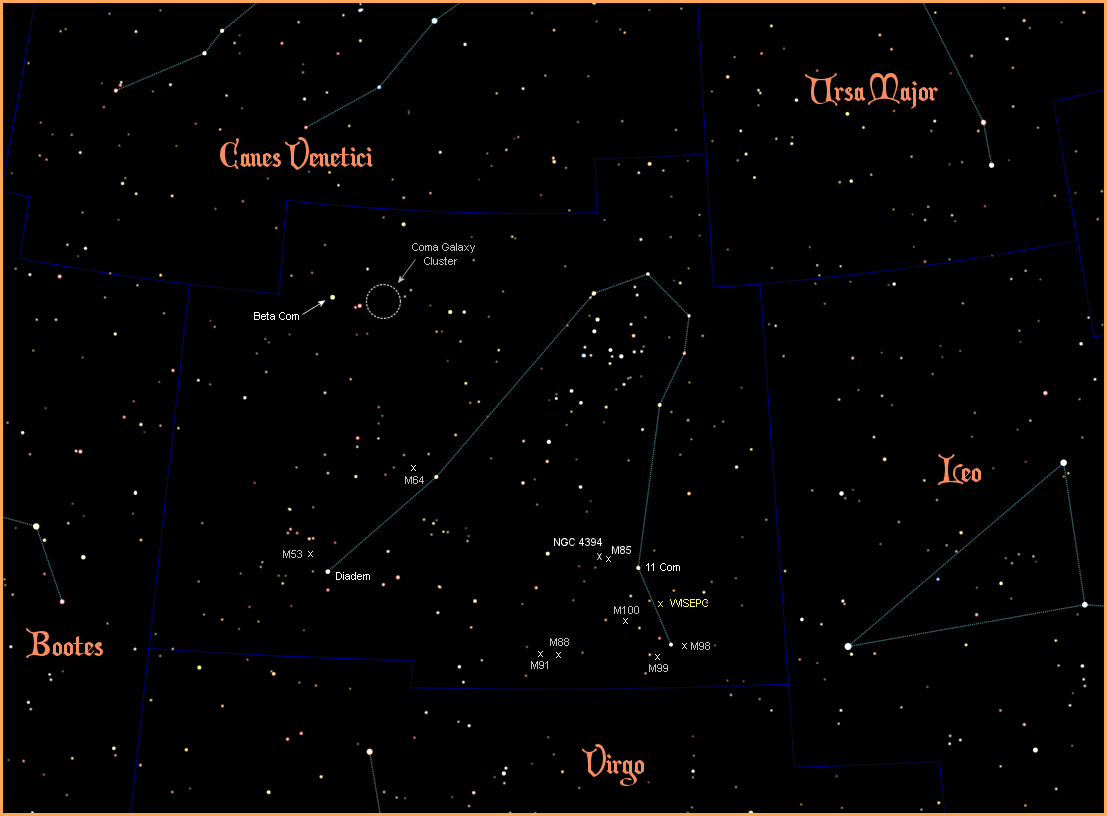
Beta Comae Berenices has no name and is not part of the figure or the star cluster, but it is the brightest star in the constellation. At magnitude 4.26 it is slightly more luminous than Alpha Com. It is a G0V yellow main sequence star, very much like our Sun. That, along with the fact that it's only 30 light years away makes it a prime target for planet hunters, although so far they have come up empty.
Only slightly dimmer at magnitude 4.72 and still easily visible to the naked eye is the K0III orange giant 11 Comae Berenices, and it does has a planet. The planet is a massive gas giant 20 times larger than Jupiter, and the system is very far away at a distance of 360 light years.
There is one more star in Coma Berenices to keep an eye on. It is a very faint 19th magnitude brown dwarf with the unwieldly designation of WISEPC J121756.91+162640.2. What's exciting is that it is only 33 light years away, and it may have a planet. Or it may be a binary dwarf system. But it definitely has something 22 times the mass of Jupiter orbiting it. Studies to further identify the companion object are ongoing.
The most striking feature in Coma Berenices is the sparkling cluster of stars that undoubtedly first inspired the image of Queen Berenice's golden tresses, and is now known as the Coma Star Cluster. It is also known as Mel 111, after the the astronomer Melotte, who was the first to include it in an astronomical catalogue. Although it's fun to view and explore with binoculars or a small scope, the cluster's true splendor is best appreciated with the naked eye. On a dark night away from city lights it is quite a pleasing sight. The NASA image below was captured from the International Space Station.
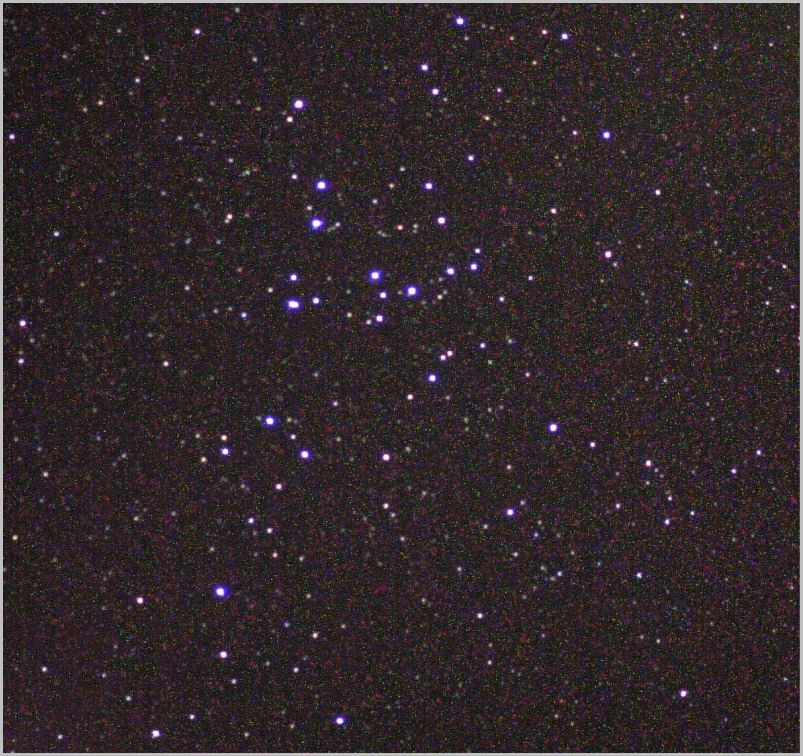
As well as 11 Comae Berenices and WISEPC J121756.91+162640.2 mentioned above, six other stars in Coma Berenices have large gas giant planets, but they are all quite distant and well beyond naked eye visibility. For more information on these and other extrasolar planets, visit NASA's New Worlds Atlas, and The Open Exoplanets Catalogue.
Coma Berenices is a virtual trove of deep sky treasures, many of which are accessible with smaller telescopes. The constellation contains no less than six Messier objects, starting with the globular cluster M53 (NGC 5024). Although it is one of the largest of the globular clusters surrounding our galaxy, spanning over 250 light years, it is beyond naked eye visibility at magnitude 7.7 due to its great distance of 60,000 light years. Through the eyes of Hubble, however, it is spectacular.
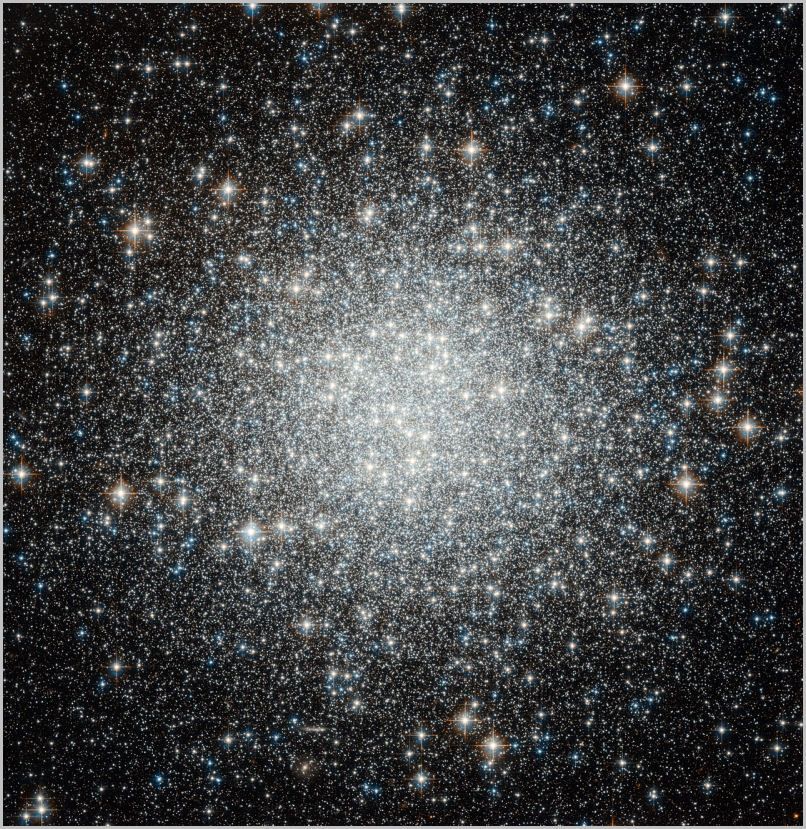
Coma Berenices is a galaxy hunter's paradise, starting with M64 (NGC 4826), the Black Eye Galaxy. Its striking appearance and relative brightness of magnitude 8.5 make it a favourite target for backyard telescopes. At a distance of 24 million light years the galaxy has two unique features. The first is a spectacular band of dark dust on the near side of the galaxy. The other is the fact that its outer regions are rotating in the opposite direction from its inner regions. These features are thought to have been caused by a collision with another galaxy in the distant past.
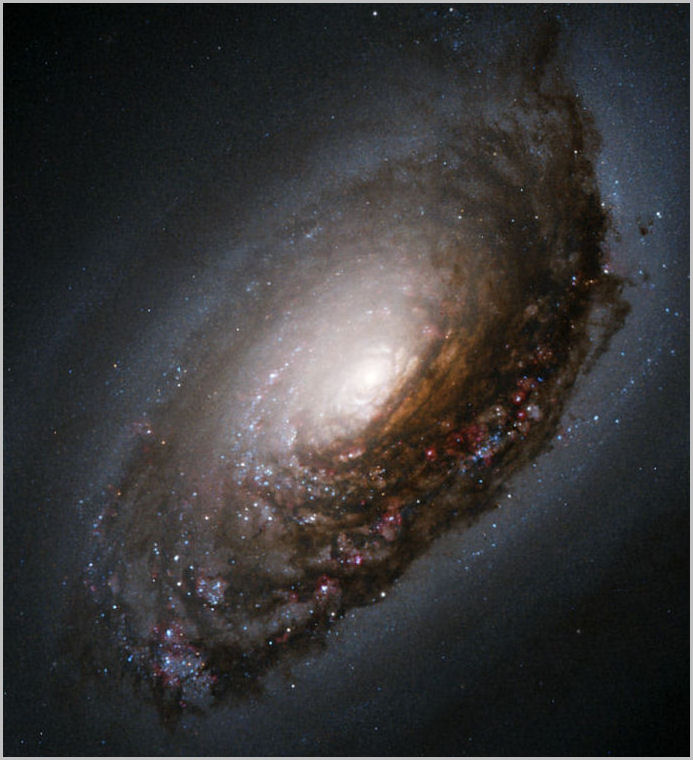
M85 (NGC 4382) is a lenticular galaxy about 60 million light years away. At magnitude 9.1, it has a high surface brightness which makes it difficult to see any detail in its structure.
The spiral galaxy M88 (NGC 4501), at magnitude 9.6, is about 50 million light years away.

M91 (NGC 4548) is a good example of a barred spiral galaxy with a prominent central bar. It is magnitude 10.1, about 63 million light years away.
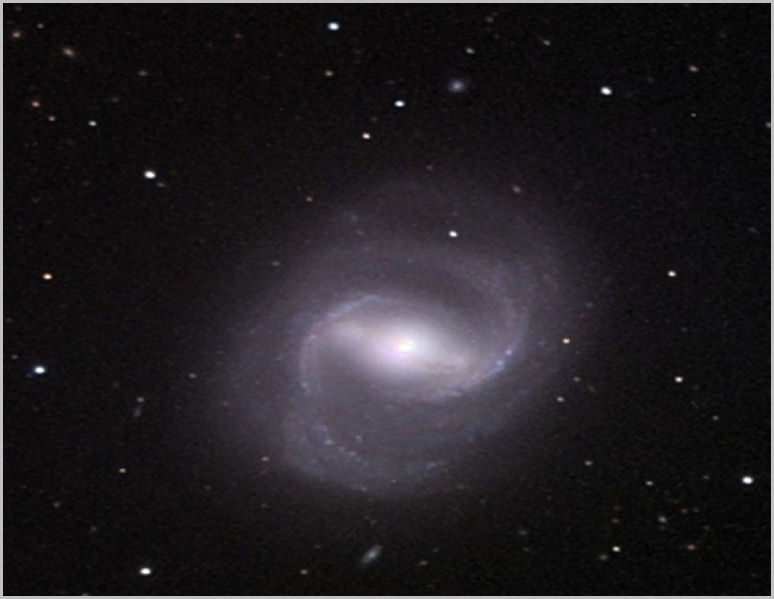
M98 (NGC 4548) is another spiral galaxy with a magnitude of 10.1. It is about 44 million light years away.
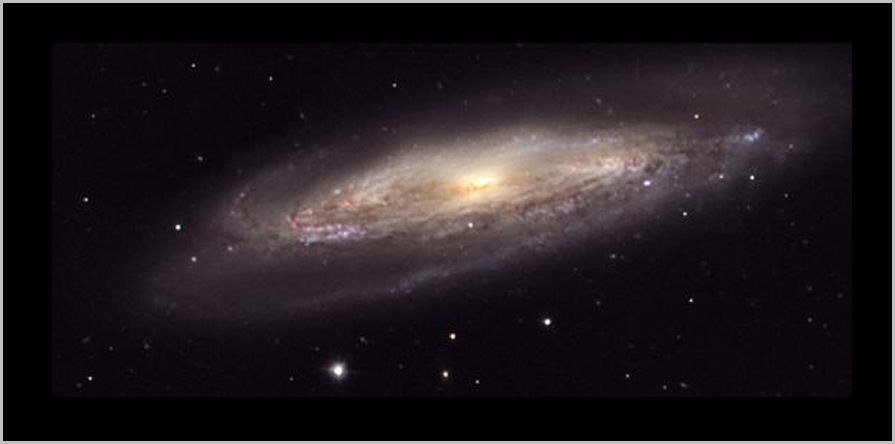
M99 (NGC 4254) is a stunning face-on example of an unbarred spiral galaxy. With a magnitude of 9.9 it is a good target for a backyard telescope. It is about 50 million light years away.
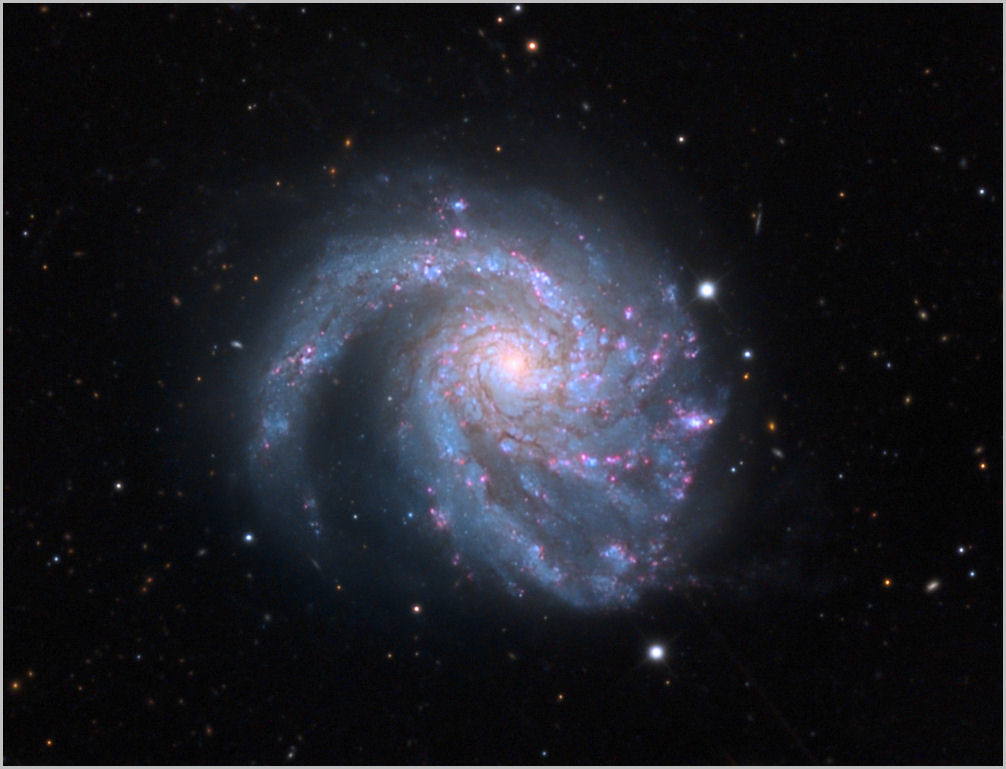
M100 (NGC 4321) is an example of a grand design spiral galaxy, with prominent, well defined spiral arms. It is 50 million light years away, with an apparent magnitude of 9.4.
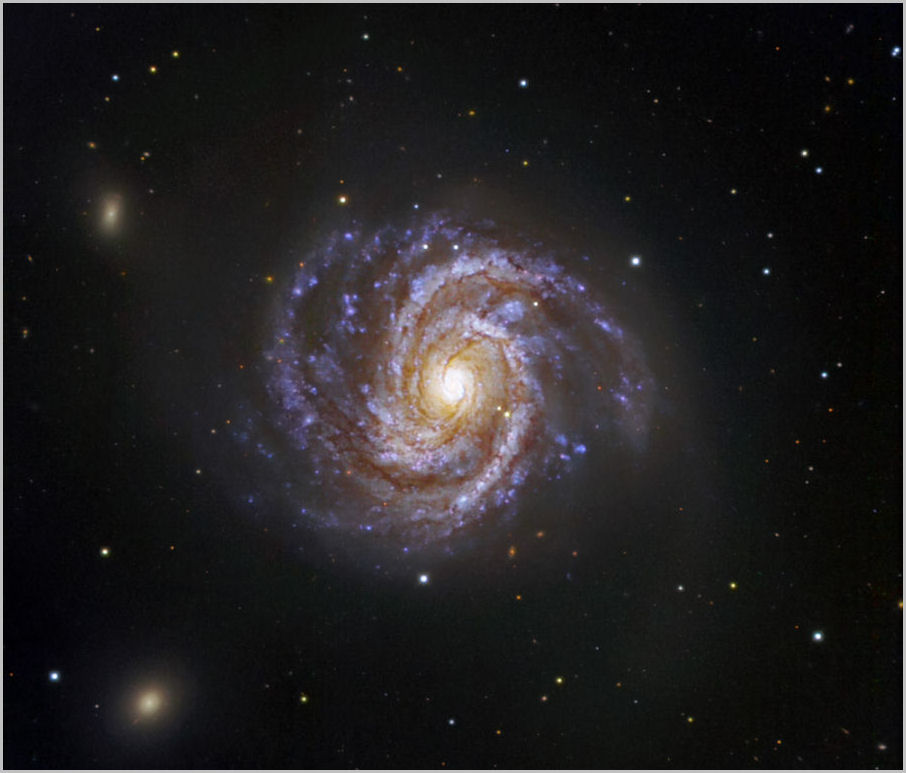
From a distance of about 55 million light years, the barred spiral galaxy NGC 4394, has a magnitude of 10.9.
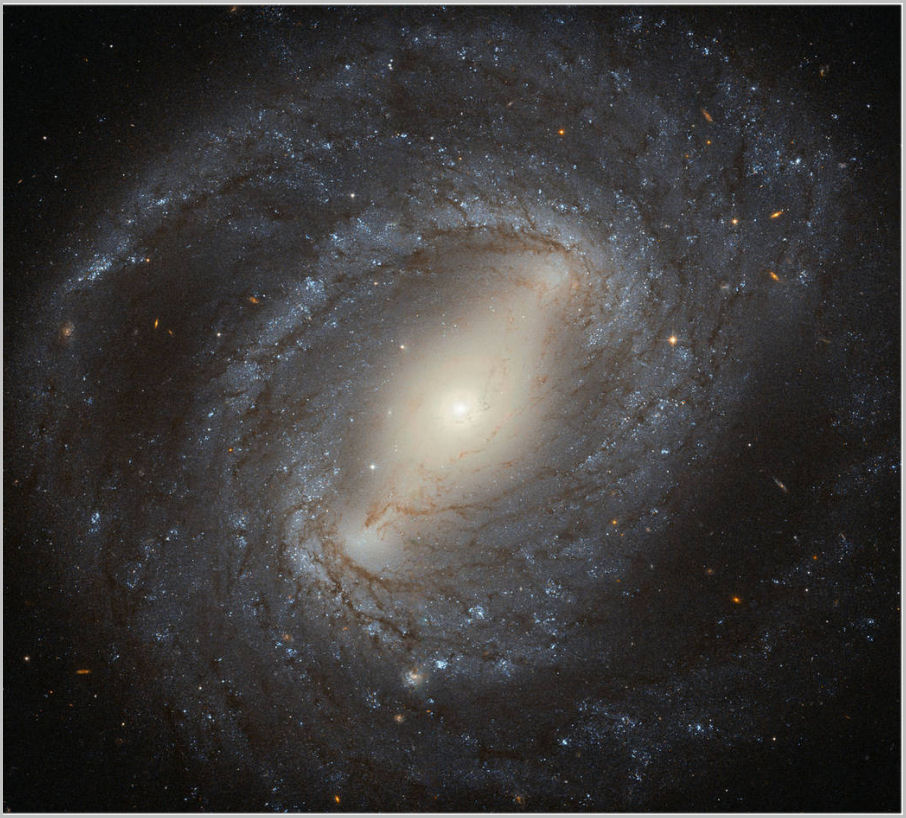
From a distance of about 40 million light years, NGC 4565, The Needle Galaxy, has a magnitude of 9.6.
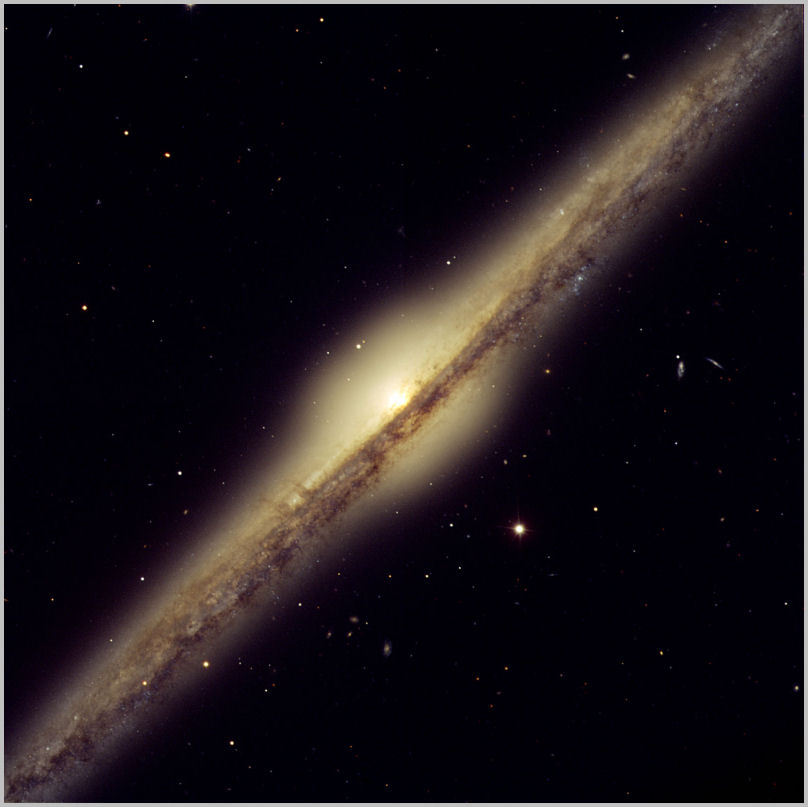
As well as its famous star cluster, Coma Berenices is also home to a different kind of cluster, a spherical cluster of galaxies over 20 million light years in diameter. It is one of the densest groupings of galaxies ever found, containing over 1000 identified galaxies, known as the Coma Galaxy Cluster, or Abell 1656.
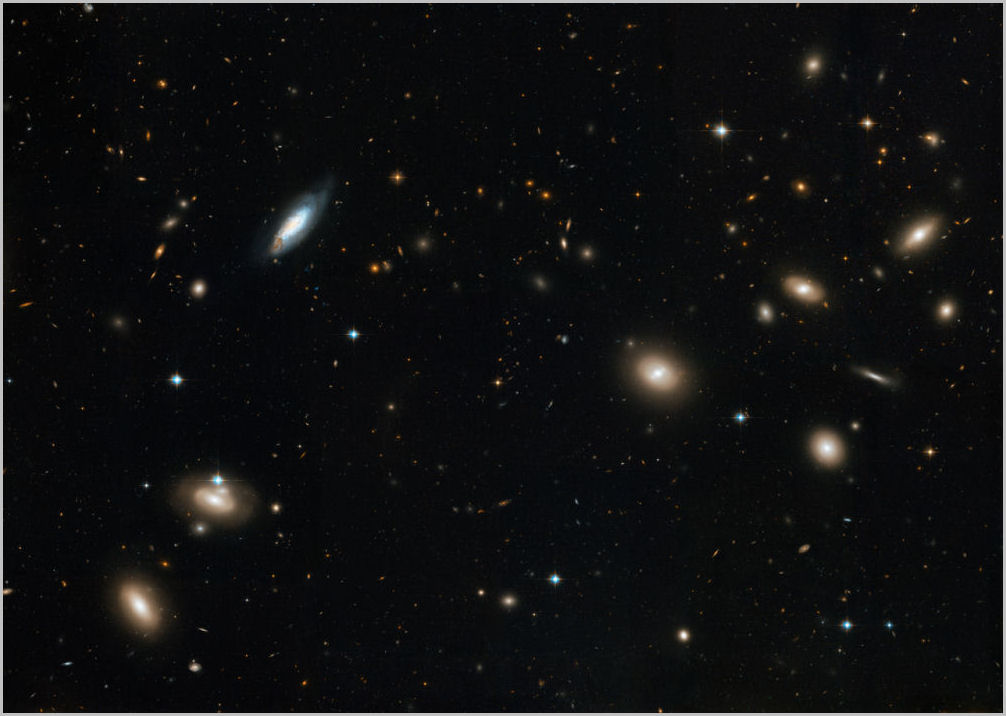
Deep within the Coma Galaxy Cluster, 320 million light years away, is the magnificent spiral galaxy NGC 4911. At magnitude 12.8, it is beyond the reach of most backyard scopes, but the Hubble photo below shows its true glory.
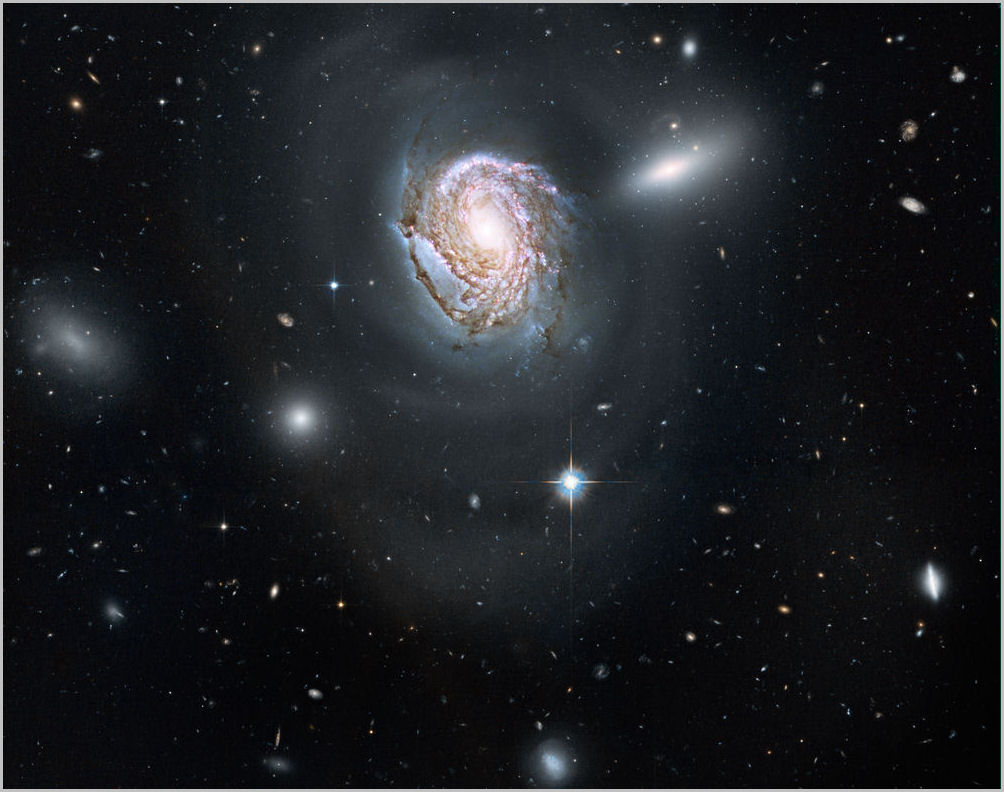
Another galaxy 320 light years away inside the Coma Cluster is NGC 4921, with a magnitude of 12.2. Its bland appearance and diffuse spiral arms have scientists categorizing it as "anemic", but the Hubble Space Telescope proves it not entirely without colour.
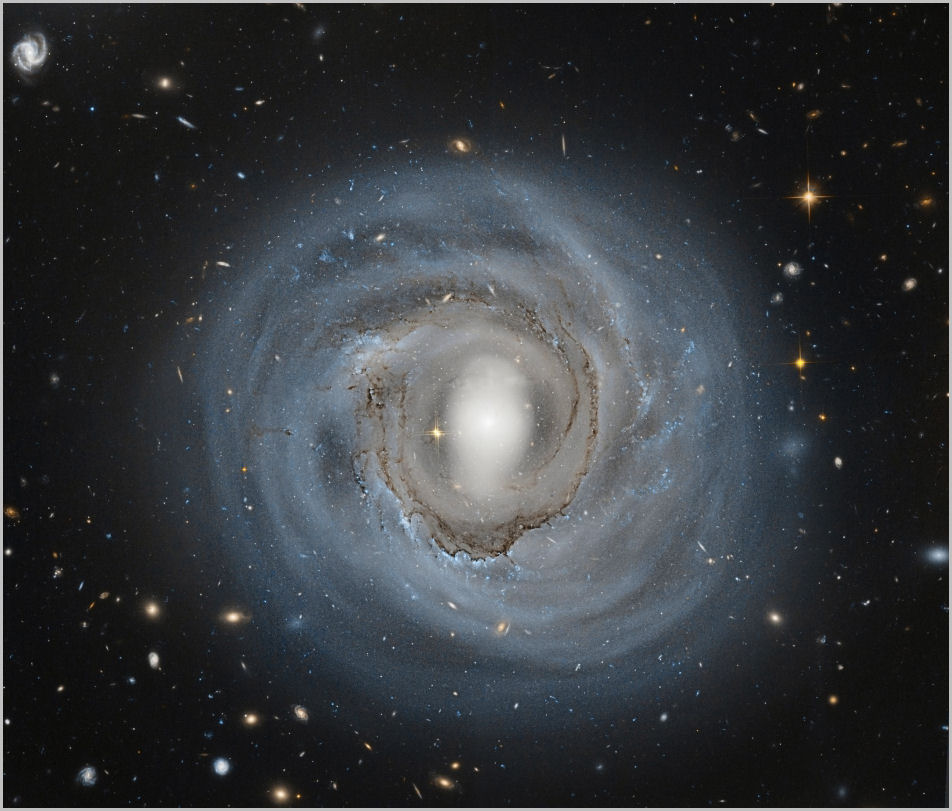
|
|
|
|
|
|